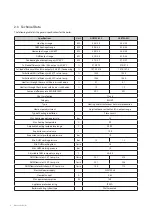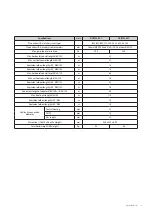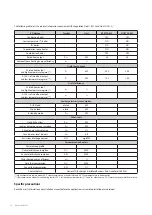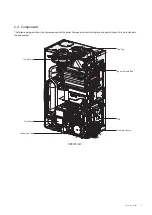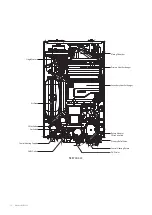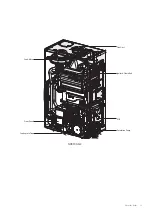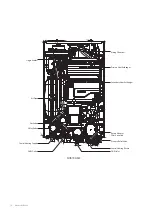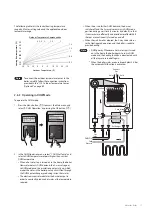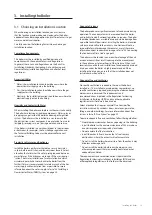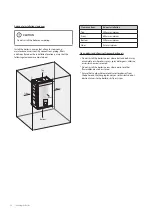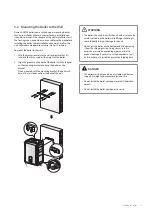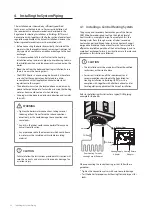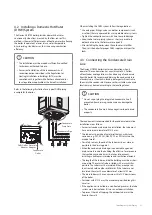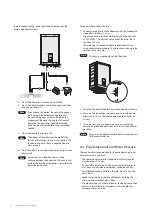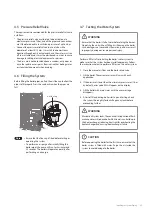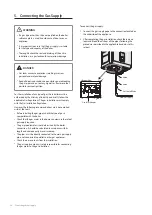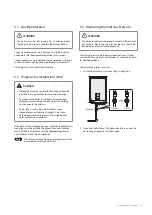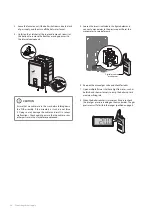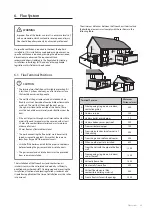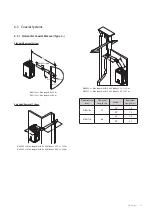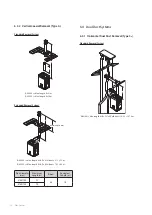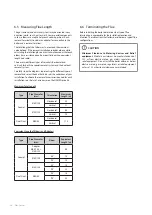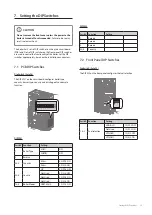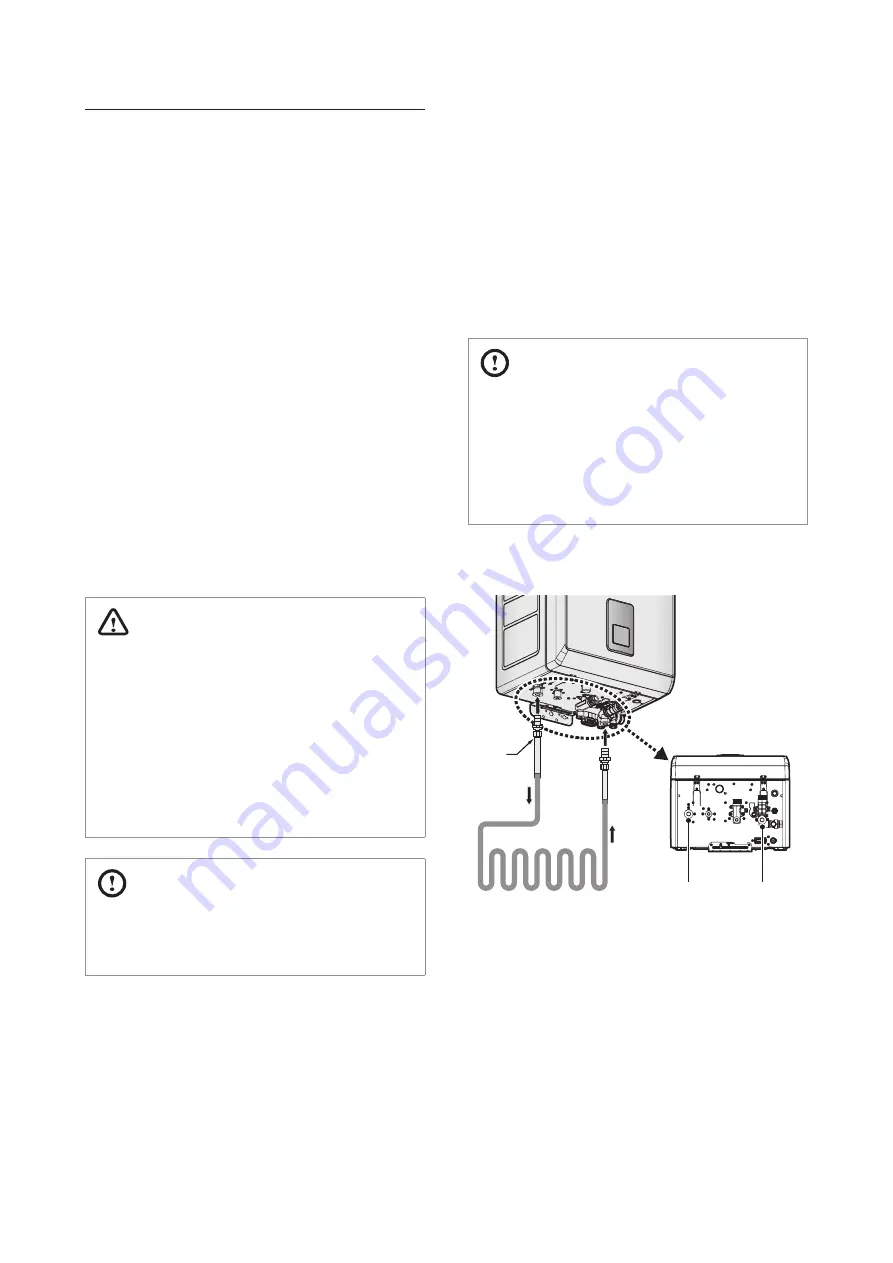
22 Installing the System Piping
The installation must be made by sufficiently qualified
technicians, authorised to do so. For correct installation, all
the requirements and recommendations described in the
Regulation for Heating Installations in Buildings (RITE) must
be complied with, together with all other national and/or local
regulations applicable at the time of installation. However, the
following recommendations must be complied with:
●
Before connecting the boiler hydraulically, the inside of the
pipes must be thoroughly cleaned, removing all sediment of
any type which could cause oxidation or damage to the heat
exchanger.
●
It is recommended to fit shut-off valves to the heating
installation output and return pipes, to avoid having to drain
the installation when maintenance work is carried out on the
boiler.
●
Bleed the air from the boiler and heating installation. Ensure
there is no air in the heating circuit.
●
The NCB700 boiler is a condensing boiler, and it is therefore
essential for the condensate outlet to lead to a drain,
in compliance with all applicable national and/or local
regulations to this respect.
●
The boiler drain must not be located above a window, entry
door or other public point of access. Bear in mind that boiling
water or steam could come out when draining.
●
Draining must be done in a downward direction and towards
the walls.
WARNING
●
Tighten the boiler water connections, taking care not
to damage them. Do not force the tube connections
excessively, as this could damage the connections and
cause leaks.
●
Any dirt in the tubes could reduce boiler efficiency and
cause it to malfunction.
●
Any pipes exposed to the elements or which could freeze
in winter must be insulated with suitable insulating
material.
CAUTION
Failure to follow the instructions provided in this section will
void the warranty and may result in property damage, fire
or serious injury.
4. Installing the System Piping
4.1 Installing a Central Heating System
The primary and secondary heat exchangers of the Navien
NCB700 boiler are designed to attain the highest level of
heat transfer in a compact design. To accomplish this, the
heating water flows through a series of tubes (secondary
heat exchanger) and finned tubes (primary heat exchanger),
designed to maximise the heat transfer area. To maintain the
efficient and reliable operation of the heat exchangers, and to
avoid heat exchanger failure, it is critical to ensure the rules and
guidelines in this section are followed.
CAUTION
●
The installation must be made by sufficiently qualified
technicians, authorised to do so.
●
For correct installation, all the requirements and
recommendations described in the Regulation for
Heating Installations in Buildings (RITE) must be
complied with, together with all other national and/or
local regulations applicable at the time of installation.
Refer to the following illustration for a typical DHW piping
example for the boiler.
Union
CH Flow
CH Return
Bottom View
Floor Heating Circuit or
Heating Circuit (Radiator)
Heating Supply
Adapter
Heating Return
Adapter
When connecting the central heating system, follow these
guidelines:
●
Tighten the connection valves with care to avoid damage.
●
Test the boiler for proper central heating flow and inspect for
leaks.
Summary of Contents for NCB700-42C
Page 69: ...68 Appendices 12 4 Ladder Diagram 3 15A...
Page 73: ...Memo...
Page 74: ...Memo...
Page 75: ...Memo...

